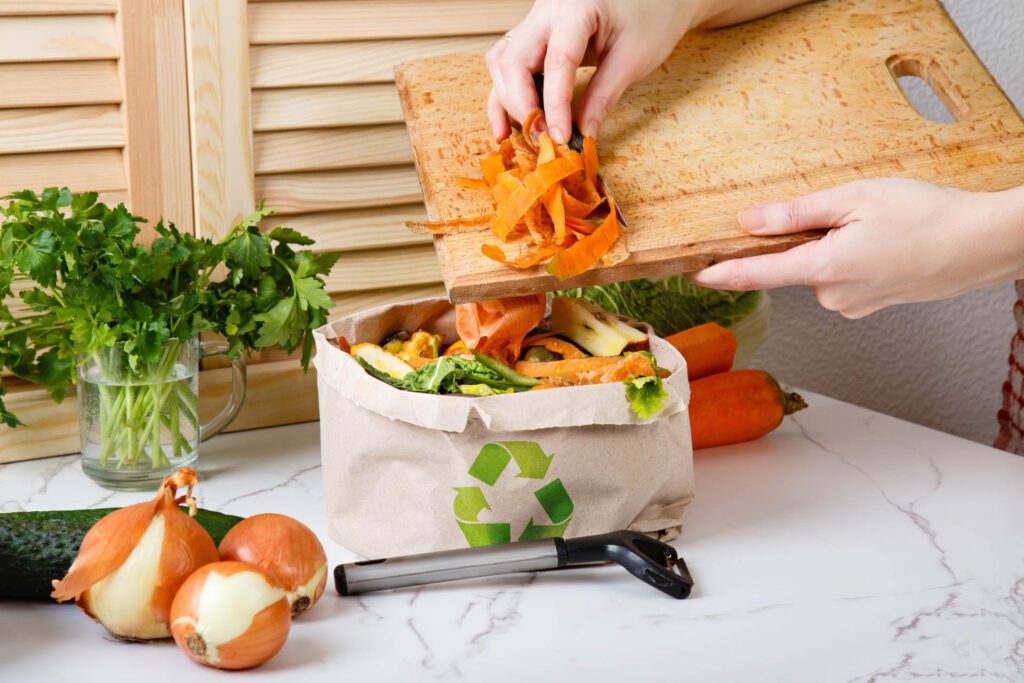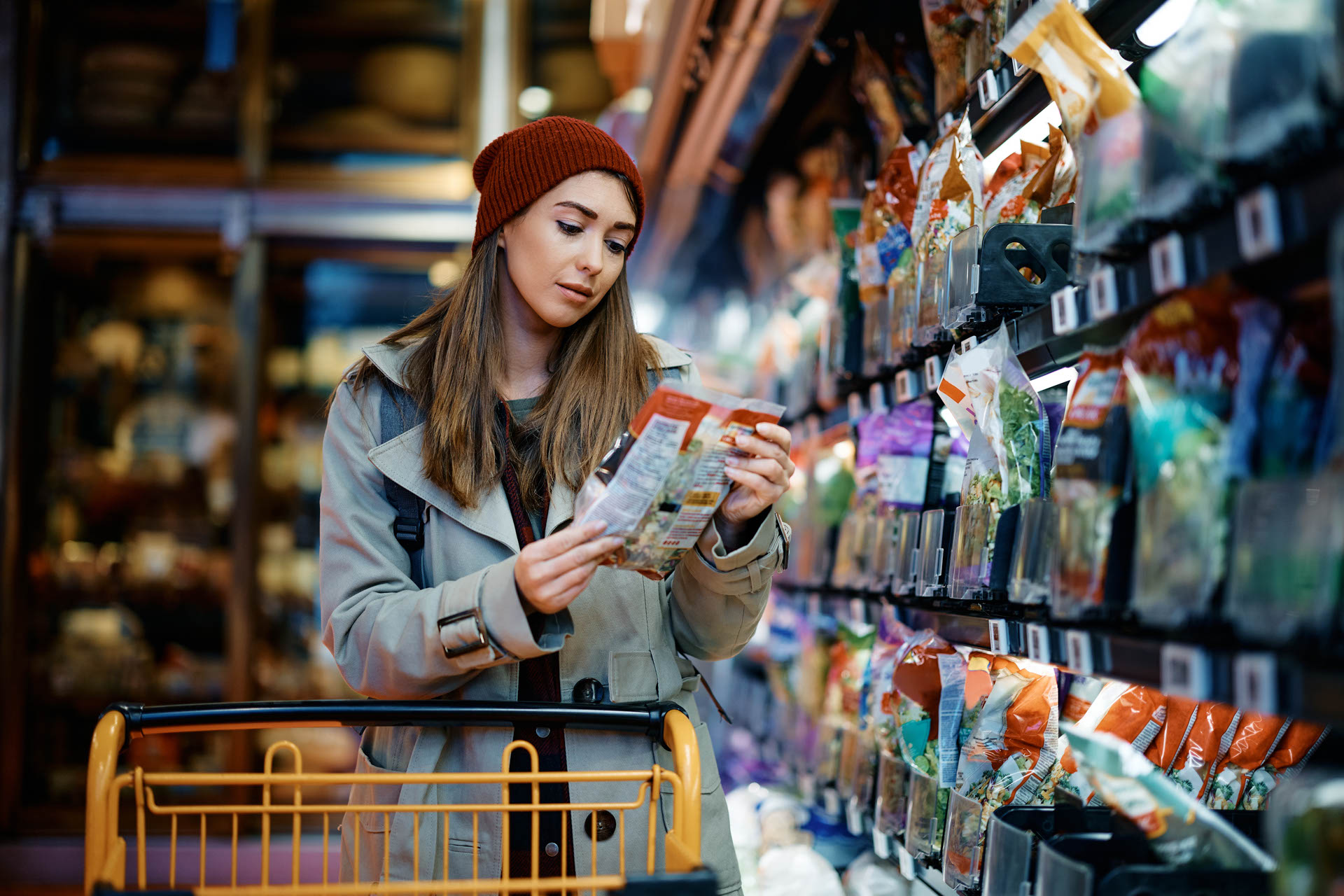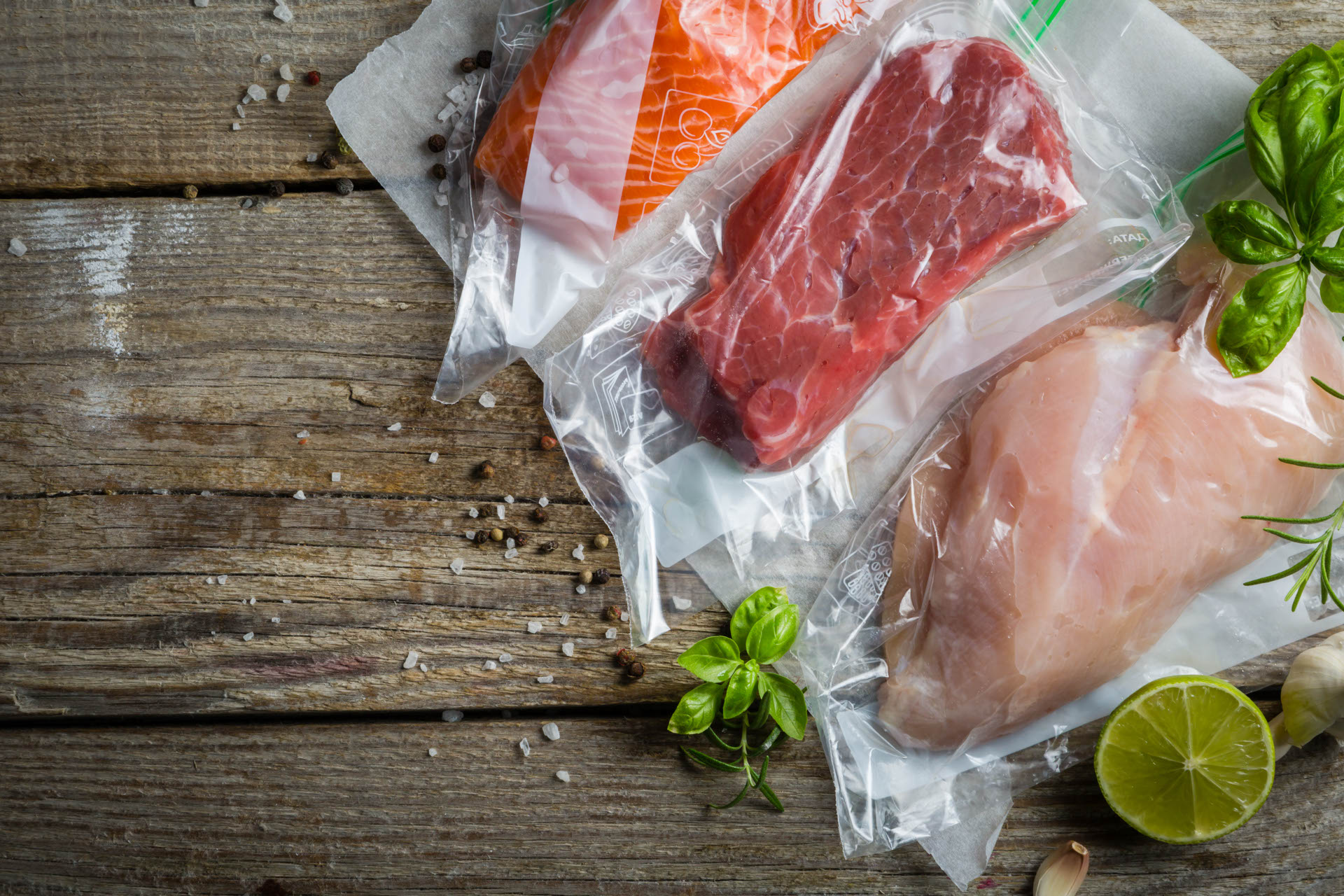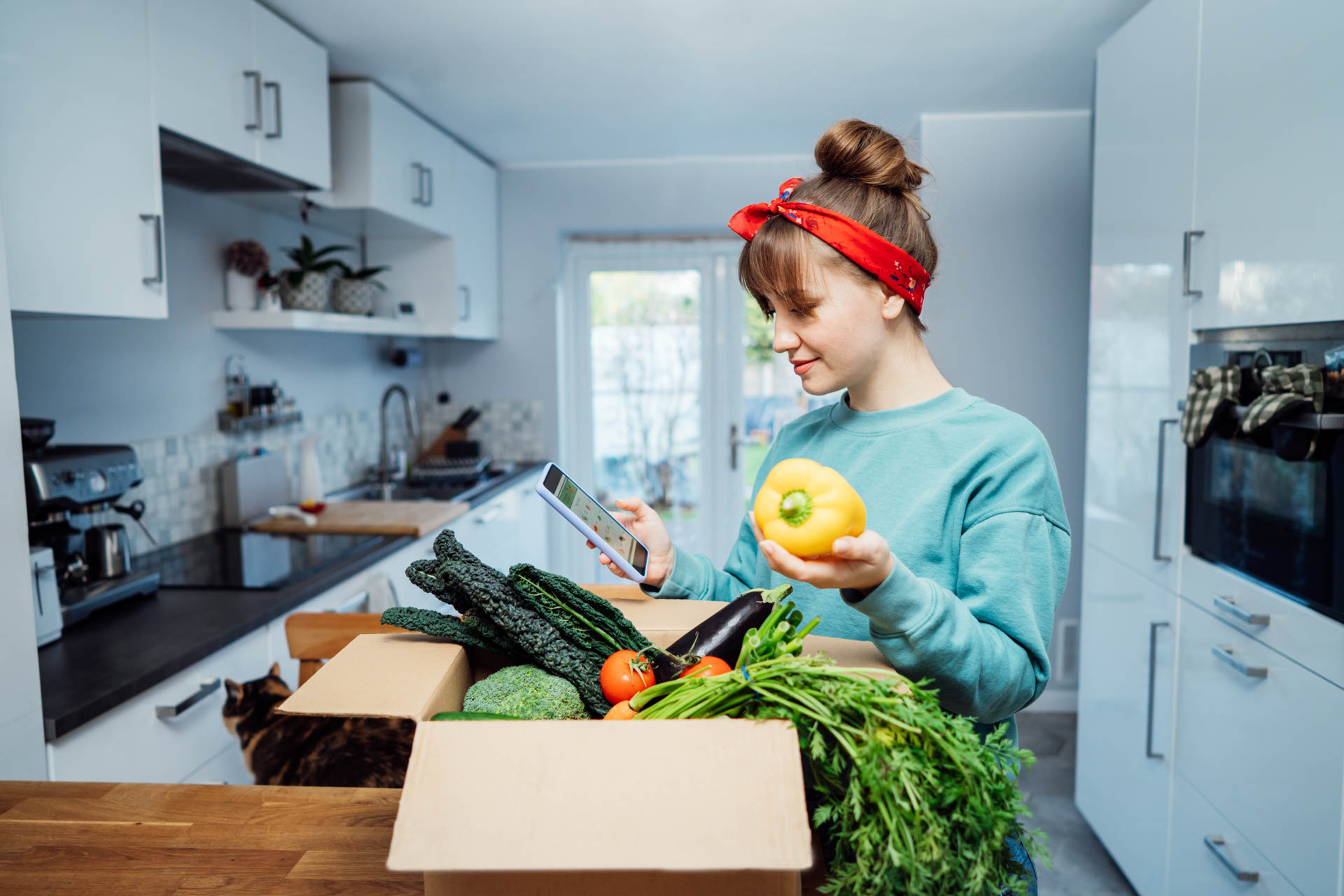Down with waste. The aim of circular economy is to produce as little as possible (and vacuum sealing helps considerably by extending the life of food). Is it a winning strategy? Giving new life to what you would otherwise throw away. A growing number of cutting-edge start-ups are attempting to find virtuous recovery solutions, working in the direction indicated by the UN's 2030 Agenda: halving food waste within seven years. Food can take on other forms and become something else, remaining edible, or changing its face completely, for example in collaboration with the textile or beauty industries. Here are five transformations that surprised us.
Enrica Arena is CEO and co-founder of Orange Fiber, the former Catania start-up turned innovative SME that produces sustainable fabrics for fashion from citrus fruit waste. Since 2014, many famous brands, starting with Salvatore Ferragamo, have created collections with its green materials. When you squeeze an orange, about 60 per cent of it is waste, including peel, seeds and fibres. This is known as 'pulp' and it is from this that cellulose suitable for spinning is extracted, thanks to a patented production process. An ingenious idea, also financed by a crowdfunding campaign, which is being further developed.
Also making headlines in Italy is the Biova project, a circular economy programme that recovers unsold, dried and leftover bread from restaurants, fast-food outlets and large retailers, to turn it into three types of craft beer (light lager, amber and IPA) and snacks based on barley malt waste (normally discarded or used as compost), thus reducing production waste to zero. The Biova project recovers 150 kilos of it to produce 2,500 litres of drink, using 30% less barley.

Do you know what okara is? It is the white pulp that remains after pressing to obtain vegetable milk. In Japanese, Korean and Chinese cuisine it is used in various ways; in Italy, on the other hand, we do not have this habit and generally throw it away. It can be of different types: soy, rice, almond and oat. It is precisely from the latter that Packtin, a start-up founded in 2017 in the laboratories of the University of Modena and Reggio Emilia, produces flour, and does the same with other waste, such as orange, tomato, carrot, pineapple and ginger peels. These products are named "circular flours" and they are obtained by cold drying, which preserves their flavour and nutritional properties, and sold in vacuum packs. A great idea in the name of creative recycling with an ambitious target: by 2025 Packtin will be able to recover 15,000 tonnes of by-products per year!
The peels and seeds of organic apples from the Piedmont Slow Food Presidium, discarded during the juice production process, are transformed into body creams, anti-wrinkle serums and facial cleansers. It couldn’t be more circular! The resulting apple paste has purifying and antioxidant properties, and Naste Beauty uses it to create its vegan cosmetics line. Naste Beauty's commitment to the environment goes beyond the use of waste, as they do not waste the water used in the production process, use recycled glass for the cream jars and even recycle the paper used for the packaging.
In all the examples we have told you about so far, there is waste that is not thrown away and is transformed into something else that can be used, even in other areas. Then there are cases like that of the Tuscan agricultural start-up Funghi Espresso, where something that would normally go to waste, becomes an energy source to create new life. This is what happens with coffee grounds which are recovered (think of the 110,000 coffee bars in Italy that produce 300,000 tonnes a year!) to be used as a substrate for growing mushrooms. They are ideal because they are rich in minerals and other nutrients useful for their growth, thus avoiding the use of chemical fertilisers. And after use, they are returned to the soil as compost.


